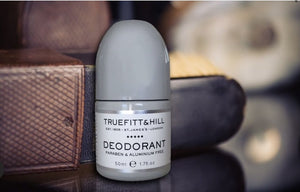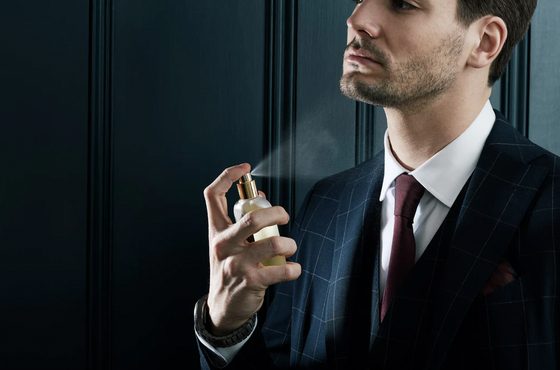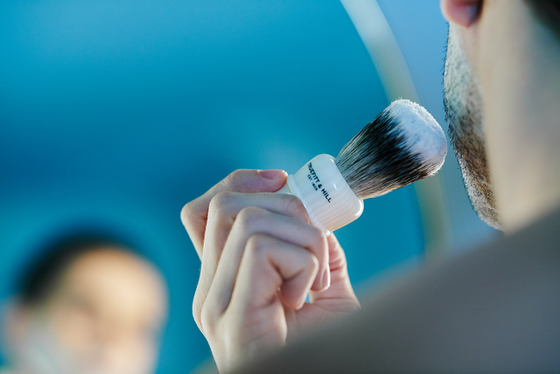Although countless generations of human beings have had to endure each other’s body odour without recourse to the ameliorating effects of deodorant, we have tried to mask it for centuries and our attempts to do so have ranged from imaginative to bizarre.
Doubtless, when the planet was sparsely populated and physical proximity was a matter of choice rather than necessity, this state of affairs was entirely tolerable. However, the impact of the Industrial Revolution, population explosion and rapid urbanisation in the 19th century were all factors that crowded humans together and the cumulative effect of under-washed clothes and tightly packed bodies was undoubtedly extremely malodorous. Deodorant came to the rescue in the 20th century, but the Victorian period was an era when attitudes to hygiene were beginning to change.
All human beings perspire, however sweat alone barely has any smell and the unpleasant odour we all battle is the result of the breakdown of proteins by bacteria into noisome acids. The perspiration is produced by eccrine glands, which are found all over our bodies in the lower layer of the skin, called the dermis and which release sweat directly to the surface of our skin. When the sweat evaporates, it acts as a cooling mechanism, regulating the body temperature. It is high in salt, which is difficult for bacteria to break down, and therefore not particularly malodorous. However, the apocrine glands, which are found in limited areas of the body, such as the armpits, release sweat not only when the temperature rises, but also when a person is under stress. This sweat has a high protein content, and when bacteria break it down, it produces a characteristic, and unpleasantly pungent odour.
While the Ancients may not have understood this scientific explanation, they went to great lengths to mask their body odour. The Egyptians and Greeks bathed frequently in water liberally scented with fragrant oils, applied aromatic oils to their bodies and used incense to perfume the air. Greek poet Homer, even went as far as to suggest that a good host should offer their guests baths and aromatic oils immediately upon their arrival. Romans were equally fastidious, and in addition to frequent bathing, soaked their garments in perfume and even went as far as to fragrance their horses and household pets.
In addition to overlying fragrances, The Ancients employed considerable ingenuity in devising sweet-smelling formulae, creating concoctions of ostrich eggs, tortoiseshell and gallnuts to mask their body odour. They also made sweet smelling oil-based salves that incorporated natural ingredients such as cinnamon, lemongrass, lily, rose, myrrh, cardamom and cassia. By the 13th century chemists had mastered the art of distilling to extract essential oils from natural products, such as flowers and spices. These oils could be enhanced with fresh herbs and then combined with alcohol to create a stable and longer-lasting perfume, which was then used to fragrance the body and mask any foul smells.
While The Ancients have attempted to mitigate their body odour by relatively good hygiene and regular bathing, their contemporaries in Europe believed that bathing was hazardous and that it endangered their health. In the 15th and 16th centuries, prominent scientists promoted the unfounded theory that water softened the skin and opened the pores, thus weakening the flesh and exposing the body to infection. Such was the fear of the risk of water that bathing was often preceded by special precautions, such as anointing the body with water-resistant oil and wrapping it up in scented cloth before immersing it in a bath. Regular bathing was a rare event across all classes and it is said that Catholic priests often deployed incense-dispensing censers with great enthusiasm because the strong fragrance masked the unpleasant stench that emanated from the assembled congregation.
But in the increasingly crowded cities of the Victorian era, the perceptions changed and cleanliness, like good manners, was seen as a sign of status and respectability, while dirt and poor hygiene were seen as morally reprehensible, as well as dangerous. The English, who frequently embarked on their journeys around Europe with travelling baths and supplies of soap, were beginning to be seen as notoriously fastidious. Soap was being manufactured in England on an industrial scale, and household names like ‘Pears’ and ‘Wright’s Coal Tar’ belong to the Victorian era. Promoted as ‘disinfecting’, carbolic soap was produced for the masses and was used to sterilise and deodorise homes and clothes. At the other end of the scale, specialist manufactures used perfumers to create scented, high quality soaps, which were exported all over the world.


During this period, a gentleman would have been able to take regular baths, using perfumed soap, and dress in clothes that had been laundered using newly-effective soaps and detergents. This routine would have gone a long way towards eliminating any unpleasant body odours and in addition, of course, he would have used a pleasantly smelling cologne, such as West Indian Limes, which was formulated by Truefitt & Hill for the court of Queen Victoria, or Truefitt & Hill’s 1805 Cologne, originally formulated for the Victorian prime minister Lord Palmerston under a name of Palmerston Bouquet.

Those who could not afford the more expensive and refined colognes, made liberal use of bay rum. Sailors in the 16th century discovered that bay leaves from the West Indies were an effective way of masking body odours, which was particularly important and especially welcomed in confined nautical quarters. Initially, they simply rubbed the dry leaves on their bodies, leaving the fragrant oil on their skin, however an enterprising sailor had the idea of steeping the bay leaves in another Caribbean product, rum, which was a fermented alcoholic beverage made from molasses. Islanders took this basic recipe and added fragrant Caribbean spices such as cloves and cinnamon and created an inexpensive cologne which soon found such global popularity that it was exported worldwide as an indispensable grooming product.

The first commercial deodorant was developed in Philadelphia in 1888, and was named ‘Mum’ - a play on words of the saying ‘Mum’s the word’ - something to keep a secret. A thick and waxy cream, which left a greasy residue on clothing, it nevertheless proved popular and many refinements followed. The first deodorant targeted at men, Top-Flite, appeared in America in 1935. Advertisers played on men’s insecurities, implying that unpleasant body odours would jeopardise careers and impede material success. Inevitably, deodorant gradually became an essential part of men’s hygiene routines and more refined formulae followed, finally evolving into the sophisticated products available today, such as Truefitt & Hill’s Gentleman’s Deodorant.
This highly sophisticated product is carefully formulated to be aluminium and paraben free and it combines a series of naturally occurring processes and thus effectively eliminate body odour rather than just masking it. Truefitt & Hill’s Gentleman’s Deodorant has earned a well-deserved following as a mainstay in the daily care routine of any gentleman and has become enduringly popular. Its clean, roll-on application will ensure a sense of freshness and its neutral smell, which initially opens with soft notes of sandalwood, will allow for the deodorant to be comfortably used in tandem with any choice of cologne.
As you pack the indispensable Gentleman’s Deodorant into your gym or toiletry bag, or contemplate using this diurnal necessity, you may well reflect how far we have all come from ostrich eggs and tortoiseshell!


 Bangladesh
Bangladesh
 1805
1805 Grafton
Grafton Sandalwood
Sandalwood No.10
No.10 Trafalgar
Trafalgar West Indian Limes
West Indian Limes Ultimate Comfort
Ultimate Comfort Apsley
Apsley Mayfair
Mayfair Highgrove
Highgrove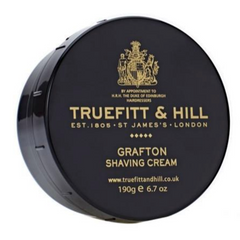 Cream and Soap
Cream and Soap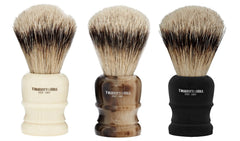 Shaving Brushes
Shaving Brushes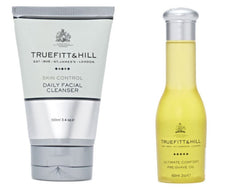 Pre-Shave
Pre-Shave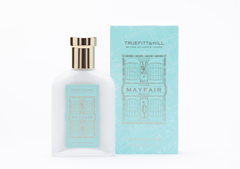 Aftershave Balm
Aftershave Balm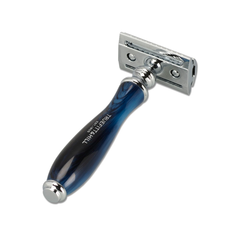 Razors
Razors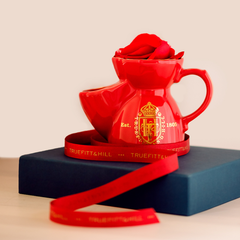 Stands & Mugs
Stands & Mugs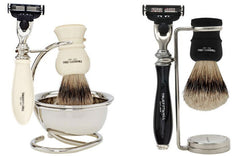 Sets
Sets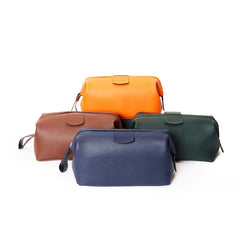 Bags
Bags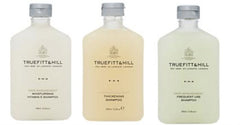 Shampoo
Shampoo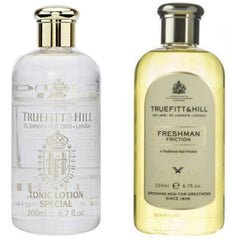 Tonic & Frictions
Tonic & Frictions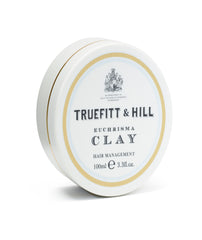 Styling
Styling Combs & Brushes
Combs & Brushes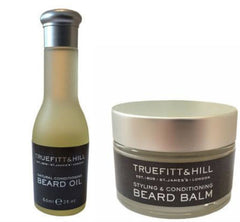 Beard
Beard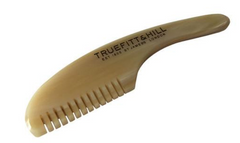 Moustache
Moustache Bath Soap
Bath Soap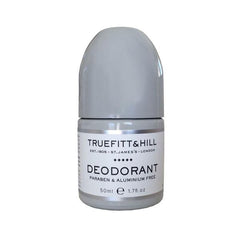 Deodorant
Deodorant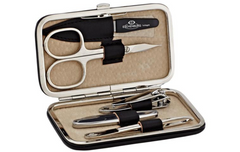 Manicure Sets
Manicure Sets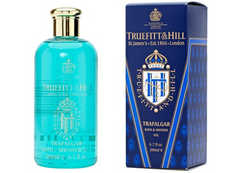 Shower Gel
Shower Gel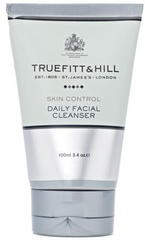 Scrub & Cleanser
Scrub & Cleanser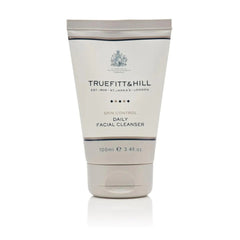 Skincare
Skincare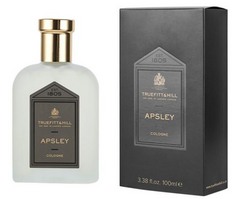 Cologne
Cologne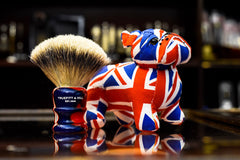 The Jubilee Collection
The Jubilee Collection E-Gift Cards
E-Gift Cards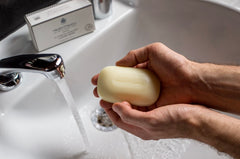 $50 and under
$50 and under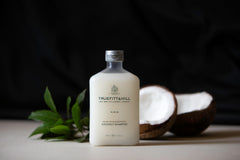 $100 and under
$100 and under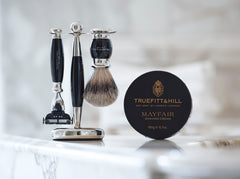 $100 and over
$100 and over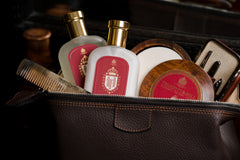 Gift Sets & Bundles
Gift Sets & Bundles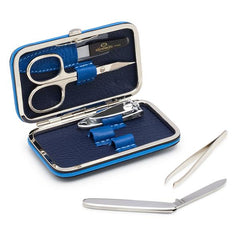 Grooming Accessories
Grooming Accessories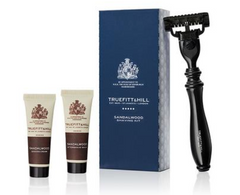 Travel
Travel